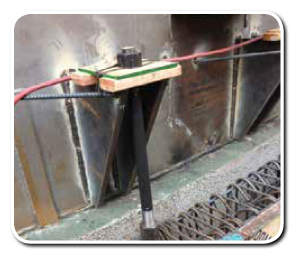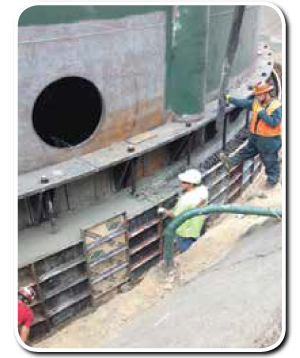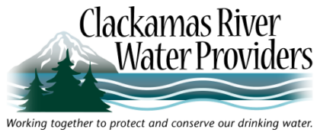Emergency Preparedness – Districts
* This page is about water district preparation for emergencies. Learn more about what you can do here.

2013/14 seismic upgrade to the Oak Lodge Water District View Acres water reservoirs.
We don’t just plan for the “Big One,” we plan for “Everyone.”
Out of sight out of mind, service on demand, and it’s as easy as turning on your tap. As water providers, we not only ensure that you have water 24/7/365 days per year but we are also plan for emergencies which can come in all shapes and sizes.
Be it a quake, an eruption, a drought, ice storm, power outage, or a major line break, people still need water. The Clackamas River Water Providers are working together, and with other providers in the region, to plan for events that could impact your water supply, because our job is to make sure water is there for you when you need it – even in an emergency.
Planning Ahead – To avoid emergencies before they happen Clackamas River Water Providers are replacing old water lines, seismically upgrading facilities, planning for future or alternative water supplies, monitoring watersheds, and ensuring regulatory compliance.
Being Prepared – Practice makes perfect. We conduct yearly emergency exercises to test our capabilities and constantly look for ways to improve our coordination and communication during an emergency
What You Can Do – As prepared as we are, some emergencies are potentially bigger than us – especially natural disasters. That’s why everyone needs to help. If an earthquake, winter storm, or other disaster strikes our community, you may not have access to food and water for days or even weeks. Take time now to prepare for yourself and your family. The most important thing you can do to prepare for an emergency is to plan ahead and have essential emergency supplies on hand. Here’s what you can do to plan for the “Big One” yourself – and help us, help you. Learn more here.
Having an ample supply of WATER is a top priority in an emergency. You can live for weeks without food, but without water, you can die in as little as 3 days. Help your water provider, emergency responders and other relief organizations help you by having an adequate emergency supply of water, food and other essentials.
You will need to store at least one gallon per person per day. According to the Red Cross and FEMA, you should store at least a two week supply of water for each member of your family. A minimum three-day supply is essential. Don’t forget to store additional supplies for your pets.
In an emergency, drink at least 2 quarts of water a day, 3 to 4 quarts a day if you are in a hot climate, pregnant, sick, or a child. If supplies run low, don’t ration water: Drink the amount you need today and look for more tomorrow.

Pouring concrete in the support foundation at the View Acres water reservoirs seismic upgrade.

![]()
Adult Presentations
![]()
Resource & Documents
![]()
